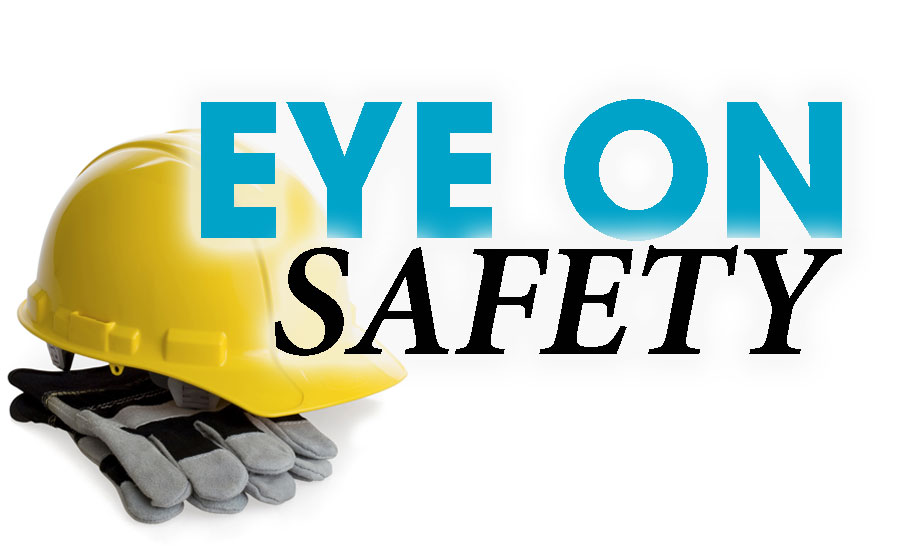Eye on Safety: The importance of AEDs
An AED might help save someone’s life.

Heart disease and heart-related emergencies have become quite common in today’s world. Almost everyone has either been personally impacted or knows someone who has been affected by a heart health issue or cardiac emergency situation.
While no treatment or program is 100% effective, the installation of an automated external defibrillator (AED), and an accompanying implementation and training plan could play a vital role in the emergency response plan in your workplace. Early response and treatment are critical, and could mean the difference between life and death.
Sudden cardiac arrest is a leading cause of death according to the American Heart Association. The AHA defines sudden cardiac arrest as “the abrupt loss of heart function in a person who may or may not have heart disease.” SCA often is mistakenly referred to as a “heart attack,” which is actually a different event.
A heart attack may cause cardiac arrest and even death, but it is not the same as an SCA. A heart attack is caused by blockages in the blood vessels in the heart. This restriction in blood flow causes death of heart tissue. An SCA is usually the result of arrhythmias or abnormal heart rhythms. Ventricular fibrillation is an arrhythmia where the electrical impulses that control heart function become erratic and chaotic. This results in ineffective blood flow, followed by loss of consciousness and usually death, unless the arrhythmia can be interrupted and heart rhythm returned to normal within a matter of minutes.
Defibrillation is a process where an electric current is passed to the heart in an effort to interrupt the abnormal rhythm. Time is of the essence in treating SCA. Studies indicate that a victim’s likelihood of survival can decrease by as much as 10% for each minute defibrillation is delayed.
What is an AED? We are all familiar with scenes from movies and TV shows where the EMTs rip open a victim’s shirt, yell “clear” and apply the paddles to the chest area of the person being treated. An AED is a portable device that can be deployed in public settings to deliver a similar defibrillation to a person in need by a trained individual. AEDs are designed to detect ventricular fibrillation and deliver the shock required to normalize the heart rhythm. Many AED devices are designed to give verbal prompts to the individual using the device, as well as only administer shock when necessary.
Over the past several years, AEDs have been deployed in more public venues. It is not uncommon to see them in airports, sports venues, schools, hospitals and shopping malls. All 50 states and the District of Columbia now include the use of an AED under protection provided by Good Samaritan laws. While specific laws vary by state, regulations generally limit the liability of those involved with using AEDs and others involved in the AED program.
Many businesses also have made the decision to incorporate AEDs into their emergency response plan. While most devices are easy to use, specific AED training should be incorporated into the training program for members of the emergency response team, along with CPR training. The purchase of an AED requires a prescription from a licensed physician, as dictated by the FDA. A prescription can be provided by an authorized AED distributor when purchasing a device.
There are several key issues to consider when deploying an AED. According to the AHA, the goal of the program should be to deliver defibrillation within 3 to 5 minutes after the victim collapses. This goal should be taken into consideration when making the decision where to station the AED. Once the location has been determined, best practices include mounting highly visible signs and decals to make the AED easier to locate. Partnering with your local EMS also is important. Some states require that AEDs be registered with the local EMS. Once deployed, be sure to raise awareness in your organization around the AED, its location and purpose. Finally, be sure to implement a maintenance program as outlined by the manufacturer of the AED so that it will always be ready to use in the case of an emergency. Remember, quick response is key and a well-executed emergency action plan, including an AED, might help to save someone’s life.
Looking for a reprint of this article?
From high-res PDFs to custom plaques, order your copy today!







